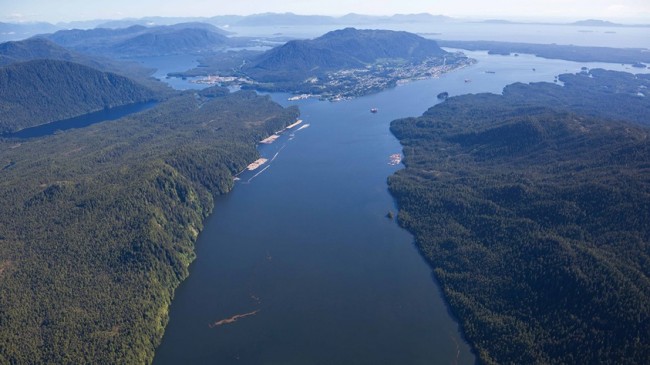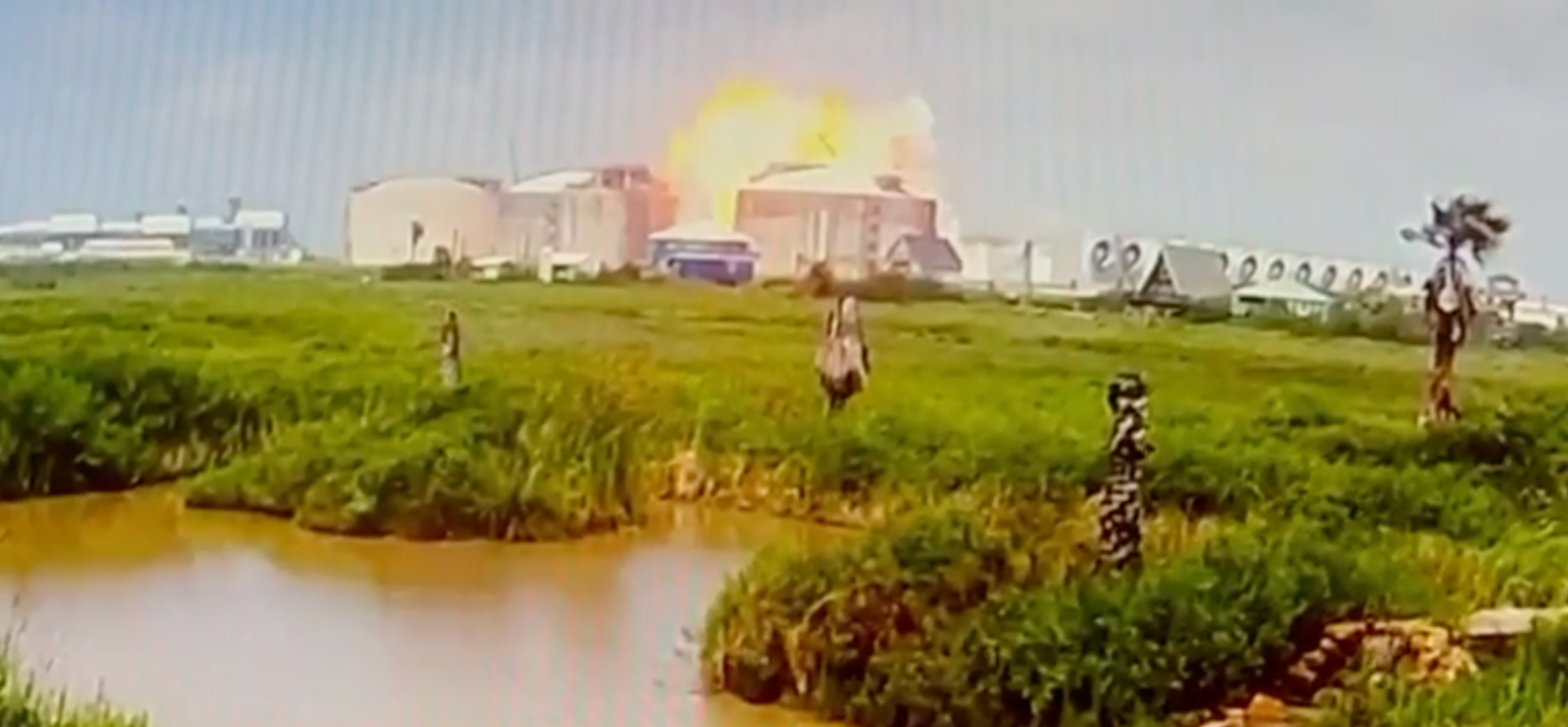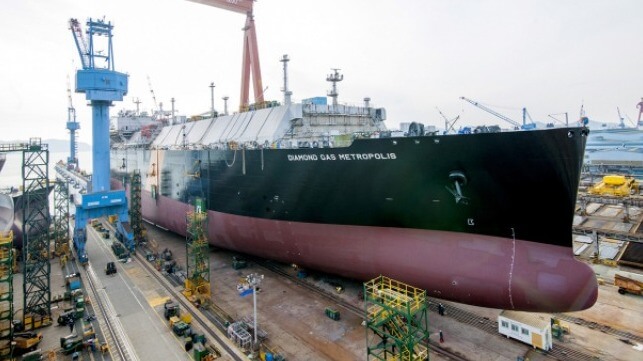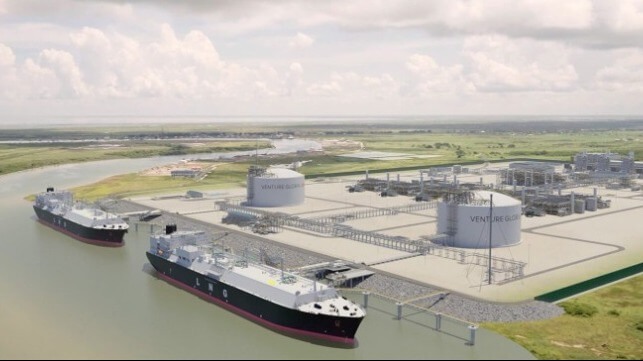Eva Clayton, president of the Nisga’a Nation, said the sooner the hydro power grid can be upgraded to help electrify LNG projects the better
Author of the article:Gordon Hoekstra
Published Mar 19, 2023 •

The Nisga’a-led $10-billion Ksi Lisims LNG project has been given the greenlight to enter the province’s environmental review process.
The decision on the export facility in northwest B.C. was announced by the B.C. Environmental Assessment Office last week, just days after the B.C. government gave final approval to the $2.4-billion Haisla Nation’s Cedar LNG project.
The Nisga’a’s project partners include a consortium of Canadian gas producers, Rockies LNG, and Houston, Tex.-based Western LNG.
The decision on Ksi Lisims kicks off a process that will set out how the review will take place, including the federal government’s role, and what will go into a final application and decision. The assessment process could take up to 18 months or more.
The recent LNG announcements highlight the increasing Indigenous involvement in major resource projects in B.C., and the benefits that can flow from the projects to First Nations.
But the prospect of more liquefied natural gas projects — which tap into B.C.’s vast northeast natural gas reserves for export to overseas markets — also raises significant questions on how the B.C. government will reach its legislated greenhouse gas emission targets.
Both projects tout themselves as achieving “net-zero” emissions, in part, by tapping into the B.C. Hydro’s power grid, but critics, which include First Nations, note the project will also increase emissions with increased natural gas extraction in northeast B.C.
Eva Clayton, president of the Nisga’a Nation, said the sooner the hydro power grid can be upgraded to help electrify LNG projects the better.
Without electricity, LNG plants, which liquefy gas for transport on ships, use the gas itself to power the equipment and significantly increases GHG emissions.
“I am pleased to see Premier (David) Eby’s remarks about the new LNG framework recognizing what we have long known: that economic reconciliation and net-zero LNG development go hand in hand,” Clayton said in a written statement.
Following approval of Cedar LNG last week, Eby announced a new strategy that will put a cap on all emissions from the oil and gas sector including from LNG production. It is meant to ensure B.C. meets its 2030 emissions reduction target for the sector.
He rejected the premise that responding to the climate crisis means always saying no to projects.
B.C. has targeted reducing GHG emissions by 40 per cent by the end of the decade over levels in 2007. However, emissions have been reduced just one per cent.
Ksi Lisims LNG estimates that if its facility is electrified annual GHG production would be under 200,000 tonnes a year, 0.3 per cent of B.C.’s annual emissions.
Without electrification, or if construction of the needed 95-kilometre power line is delayed, emissions would be up to 1.9 million tonnes a year, or nearly three per cent of annual emissions.
Those emissions would be in addition to millions of tonnes from the Cedar LNG project and the much larger LNG Canada, which is expected to be in operation in 2024.
While some First Nations in northwest B.C. have been supportive of the Ksi Lisims project, the Lax Kw’alaams has called for the environmental assessment application to be terminated.
“The project would induce the breach of B.C.’s legislated climate targets and would cause extraordinarily adverse effects to Lax Kw’alaams rights as proposed,” the First Nation said in a letter to the assessment office this month.
Environmental groups have long cited concerns that LNG projects will prevent B.C. from hitting its climate targets.
Wilderness Committee climate campaigner Peter McCartney said it’s impossible to keep approving new climate pollution and meet GHG emission reduction targets.
“The province has very clear commitments to reduce its greenhouse gas emissions, which these facilities are going to make it much harder to do, whether they’re led by First Nations or not,” observed McCartney.
ghoekstra@postmedia.com
B.C. sets high emissions bar for new LNG projects
British Columbia’s decision this week to toughen emissions standards for new liquefied natural gas (LNG) projects creates one of the most robust climate plans in North America, but sets a high hurdle for the industry even as many countries look to Canada to become a global supplier of gas.
As part of a new energy action framework, the western Canadian province will require proposed LNG projects that are going through or entering the environmental assessment process to have a credible plan to be net-zero emissions by 2030.
While the tougher regulation will not impact the huge Shell-led LNG Canada project already under construction, a proposed export terminal adjoining the small-scale Tilbury LNG facility and the early-stage Ksi Lisims LNG project in northern B.C. will fall under the new rule.
Canada is the world’s sixth-largest gas producer and its west coast LNG industry has seen revived interest as the world tries to secure alternatives to Russian gas supply following the invasion of Ukraine.
The province will start exporting 14 million tonnes per annum (MTPA) when LNG Canada enters service in 2025.
“That (net-zero requirement) is a very high bar and a high hurdle to pass,” said Mark Zacharias, executive director of think-tank Clean Energy Canada, adding the new framework rounds out B.C.’s plan to cut emissions 40% below 2005 levels by 2030.
“The B.C. roadmap to 2030 is probably North America’s strongest climate plan but what was missing until now was answers on dealing with oil and gas. This fills in the missing gaps.”
Ksi Lisims, proposed as a 12-MTPA plant, will achieve net zero through a fully electrified facility that utilizes renewable hydropower and carbon offsetting, spokesperson Rebecca Scott said.
FortisBC, one of the companies behind the Tilbury Marine Jetty project, said it welcomed the clarity the framework provides for LNG development and “looked forward to engaging with the government” on the 2030 guidelines.
B.C. released its energy action framework alongside a positive environmental assessment for the C$3-billion ($2.2 billion) Cedar LNG project, a joint venture between Haisla First Nation and Pembina Pipeline Corp.
The province said it will sign an agreement with the Haisla Nation to explore ways to lower emissions to near zero by 2030.
OIL AND GAS CAP
B.C.’s new regulations also include an oil and gas emissions cap and plans to accelerate the electrification of the economy.
Tristan Goodman, CEO of the Explorers and Producers Association of Canada, said the framework is generally “constructive and positive”, but the industry had some concerns about how the cap would be implemented.
“The message from the province is ‘We believe we can develop natural gas and move forward broadly on Indigenous reconciliation while also meeting out climate ambitions’,” Goodman said. “That’s good, but the concern lies in the details.”
TC Energy, which is building the Coastal GasLink pipeline that will supply LNG Canada and Cedar LNG, said in a statement on Wednesday it was “carefully reviewing” the framework.









